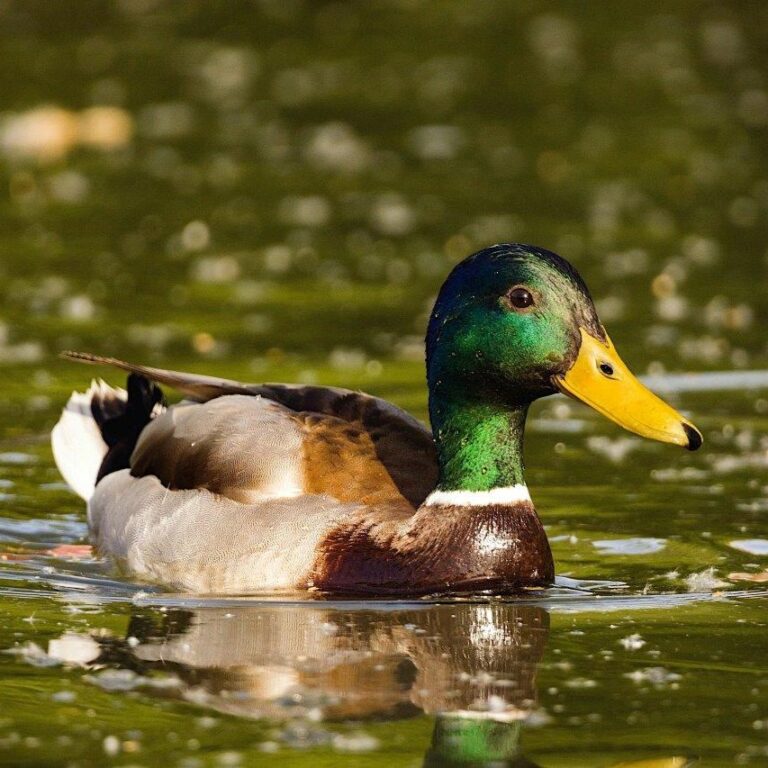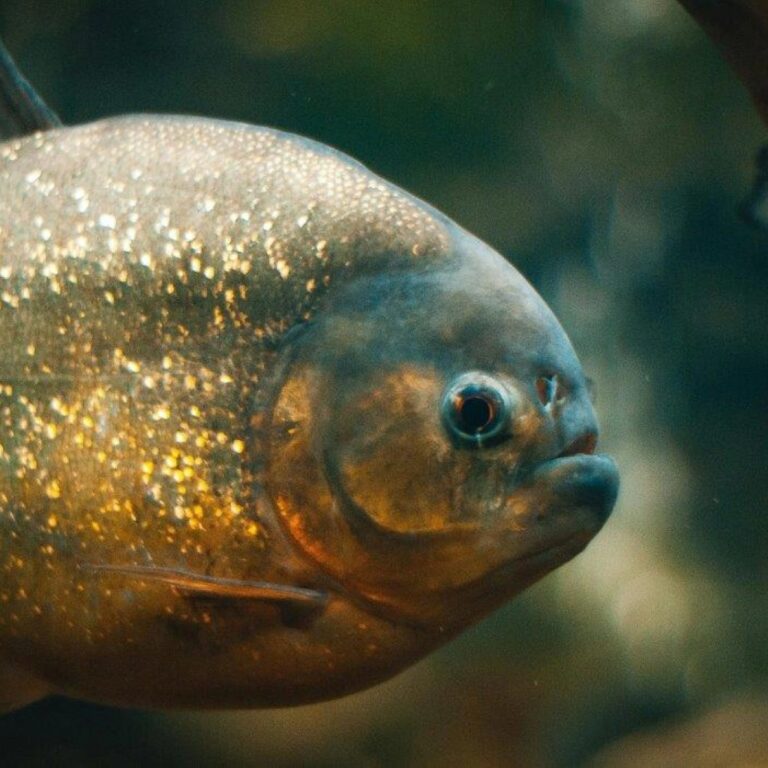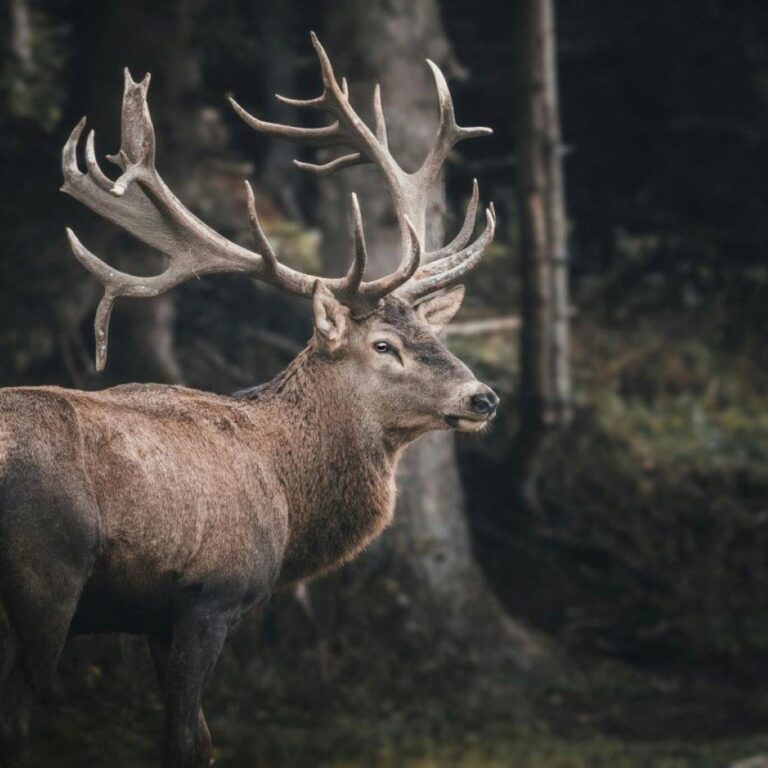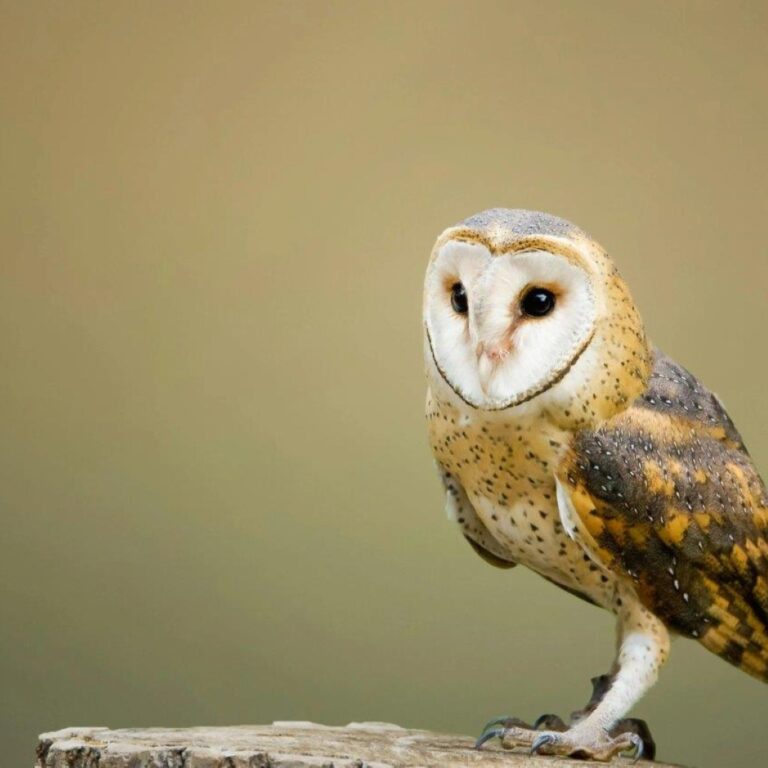There are over 120 species of ducks, found on every continent except Antarctica. They inhabit a wide range of environments, including freshwater lakes, rivers, marshes, and coastal waters.
Ducks are part of the Anatidae family, which also includes geese and swans. They are generally smaller and have shorter necks than their relatives.
Ducks have waterproof feathers thanks to an oil gland near the base of their tails. They use their beaks to spread this oil over their feathers, which helps keep them dry while swimming.
The male duck is called a drake, the female is called a hen, and a baby duck is called a duckling. Ducklings are born with a full coat of down and can swim and feed themselves almost immediately after hatching.
Ducks are omnivores and have a varied diet that includes aquatic plants, insects, small fish, and crustaceans. They use their broad, flat bills to filter food from the water.
The famous 'quack' sound is primarily made by female ducks. Male ducks have a more subdued call, and not all duck species quack; some whistle, grunt, or make other sounds.
Ducks have a unique feature called 'lamellae,' which are comb-like structures on the edges of their bills. These help them filter water, mud, and food particles.
The mallard is one of the most common and widespread duck species. It is the ancestor of most domestic duck breeds and is known for its striking green head (in males) and adaptability to various environments.
Ducks are strong fliers, and some species migrate long distances between their breeding and wintering grounds. The northern pintail, for example, can travel thousands of miles during migration.
Ducks are social animals and often gather in large flocks, especially during migration. These flocks can include multiple species and provide protection from predators.
Ducks have excellent vision and can see a wide range of colors, including some that are invisible to humans, such as ultraviolet light. Their eyes are located on the sides of their heads, giving them a broad field of view.
Some duck species, like the wood duck, nest in tree cavities. After hatching, ducklings jump from the nest to the ground or water below, sometimes from heights of up to 50 feet, without injury.
The plumage of ducks often changes with the seasons. Males typically have bright, colorful feathers during the breeding season to attract females, but they molt into more subdued colors afterward to avoid predators.
Ducks are known for their dabbling behavior, where they tip forward in the water to feed on plants just below the surface. Diving ducks, on the other hand, dive underwater to catch food at greater depths.
Conservation efforts are important for many duck species, as they face threats from habitat loss, pollution, and hunting. Wetland preservation and sustainable hunting practices are crucial for maintaining healthy duck populations.
How useful was this post?
Click on a star to rate it!



